Reading the Tail: What Your Cat’s Tail Positions Mean
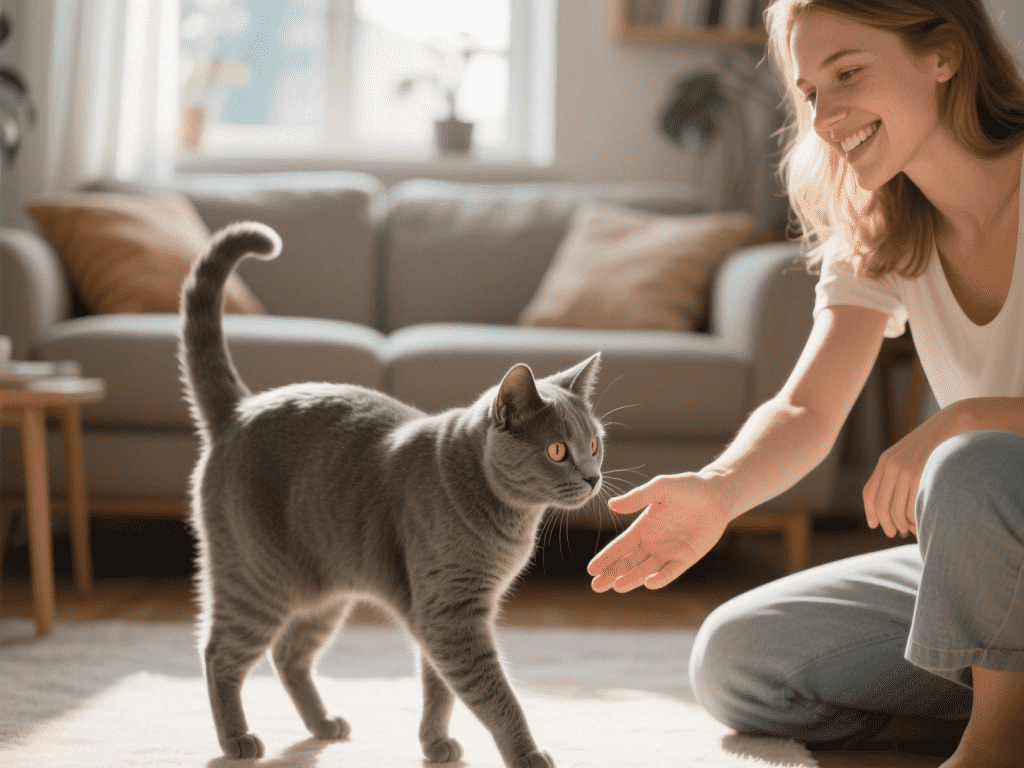
As a long‑time feline behavior enthusiast, I’ve learned that your cat’s tail is like a semaphore: every flick, curl, or lash carries a distinct message. By paying attention to these signals, you’ll deepen your understanding of your cat’s mood and intentions, fostering trust and reducing misunderstandings. Let’s explore the most common tail positions and what they reveal about your feline friend.
1. The Held‑High Tail: Friendly and Confident
When your cat walks toward you with its tail held straight up, perhaps with a gentle curve at the tip, it’s the ultimate greeting. This posture signals trust and happiness, akin to a human wave. In multi‑cat homes, one cat may raise its tail as an invitation to play or groom.
2. The Quivering Tail: Intense Affection
Sometimes that upright tail will vibrate or quiver—often when your cat spots you after a long absence. This quiver conveys overwhelming excitement and joy. Respond with gentle petting or a soft “hello” to reinforce the positive association.
3. The Flicking Tip: Mild Irritation or Focus
A tail held up but with its tip twitching indicates your cat is concentrating—perhaps watching a bird out the window—or feeling slightly annoyed. If the twitch occurs during petting, it may mean you’ve overstayed your welcome; give your cat a break.
4. The Lashing Tail: Agitation or Aggression
Rapid, forceful swings of the tail signal strong negative emotion: frustration, overstimulation, or aggression. In this state, even a gentle touch can trigger a defensive swipe. Best practice: give your cat space and let it calm down.
5. The Low‑Held Tail: Unease or Submissiveness
A tail held low or tucked between the legs often denotes insecurity or fear. Common triggers include unfamiliar guests, loud noises, or recent changes in the environment. Offer a safe retreat—like a hideaway box or perch—and speak softly to reassure your cat.
6. The Wrapped Tail: Bonding Behavior
Cats sometimes wrap their tail around another cat or a human’s arm. This friendly gesture mimics the way adult cats will entwine tails with companions, signifying close bonds. When your cat does this to you, consider it a heartfelt compliment.
7. The Puffed Tail: Fear or Threat Display
When a cat feels threatened, its tail fur will bristle, making the tail appear bushy. This piloerection exaggerates the cat’s size to deter potential foes. If you spot a puffed tail, avoid approaching until the cat has returned to a calm state.
Putting It All Together
Observe Context: Tail signals rarely stand alone. Combine them with ear position, body posture, and vocalizations to interpret your cat’s full emotional message.
Respect Boundaries: If you notice agitation signals (lashing, puffed tail), give your cat space and avoid forcing interactions.
Reinforce Positives: When your cat greets you with an upright or quivering tail, reward with treats or gentle affection to strengthen the bond.
Conclusion
Your cat’s tail is a window into its inner world. By tuning in to these subtle yet powerful signals, you’ll communicate more effectively, reduce stress for both of you, and cultivate a deeper, more rewarding relationship. Next time your cat greets you with a high‑held, quivering tail, you’ll know exactly how to respond.
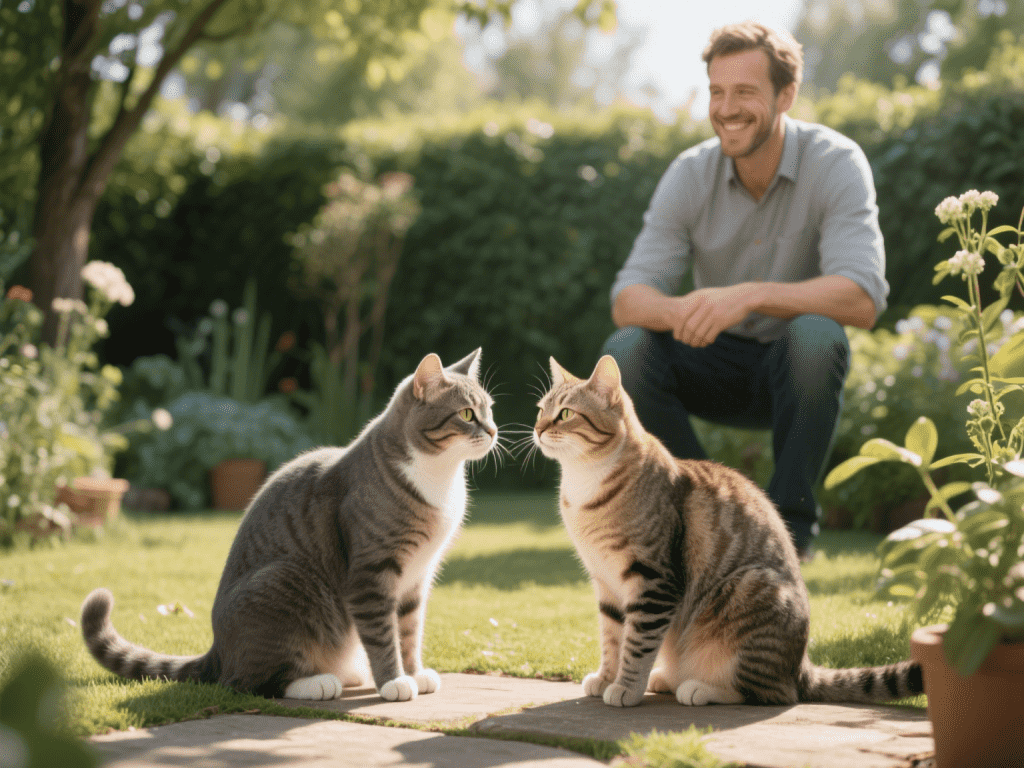
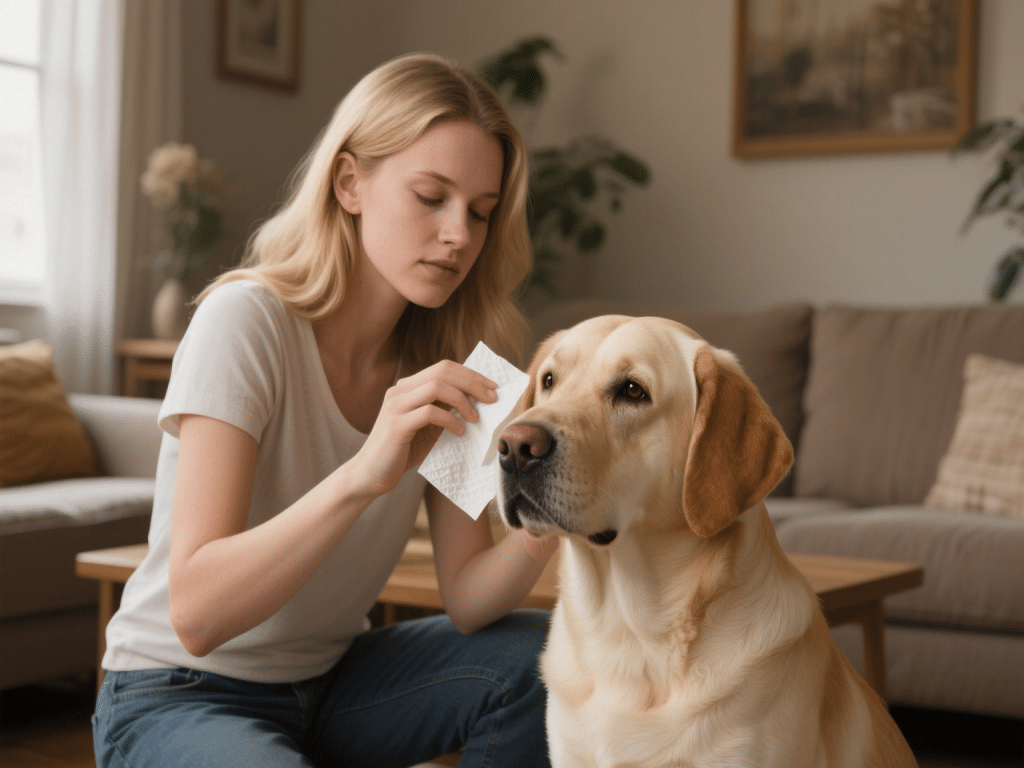

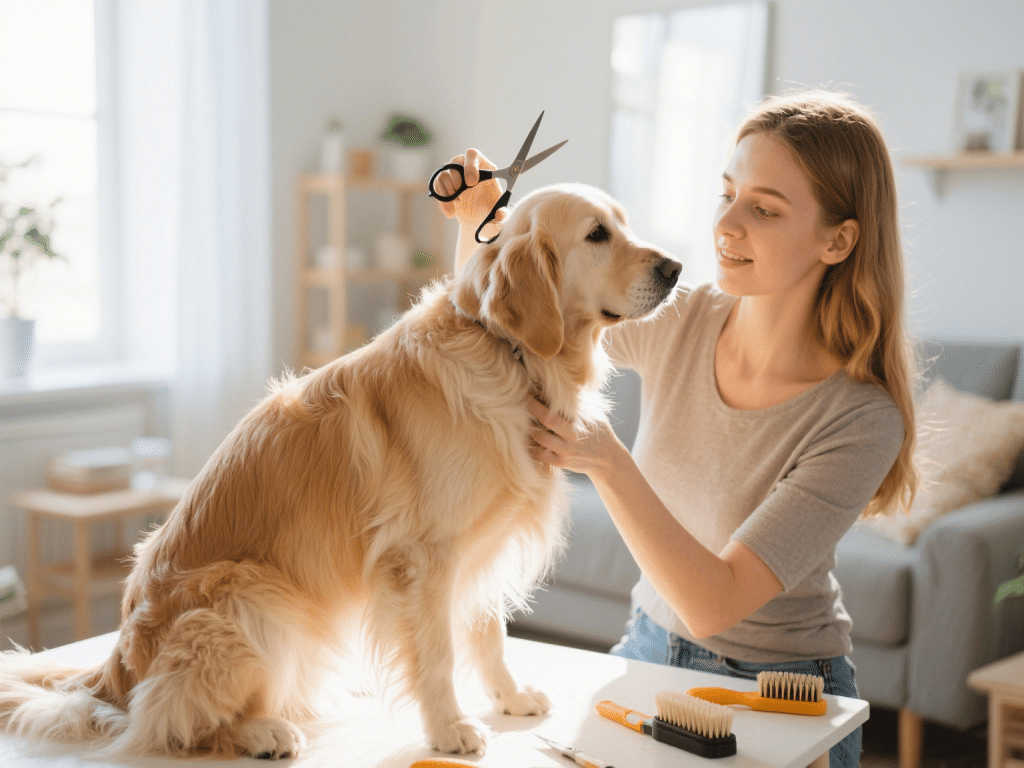
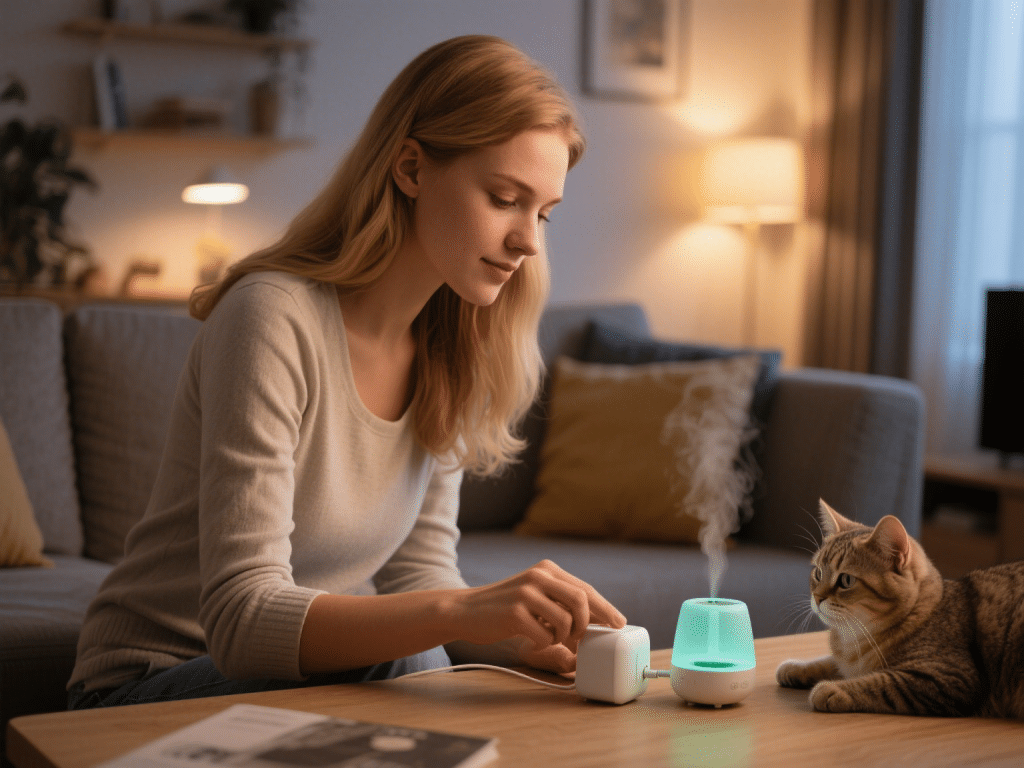


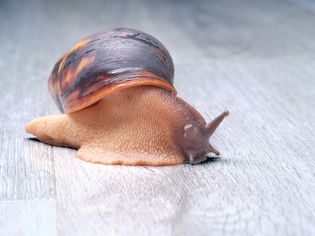
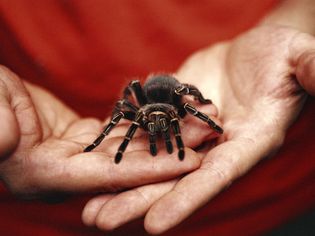
Comments on "Reading the Tail: What Your Cat’s Tail Positions Mean" :